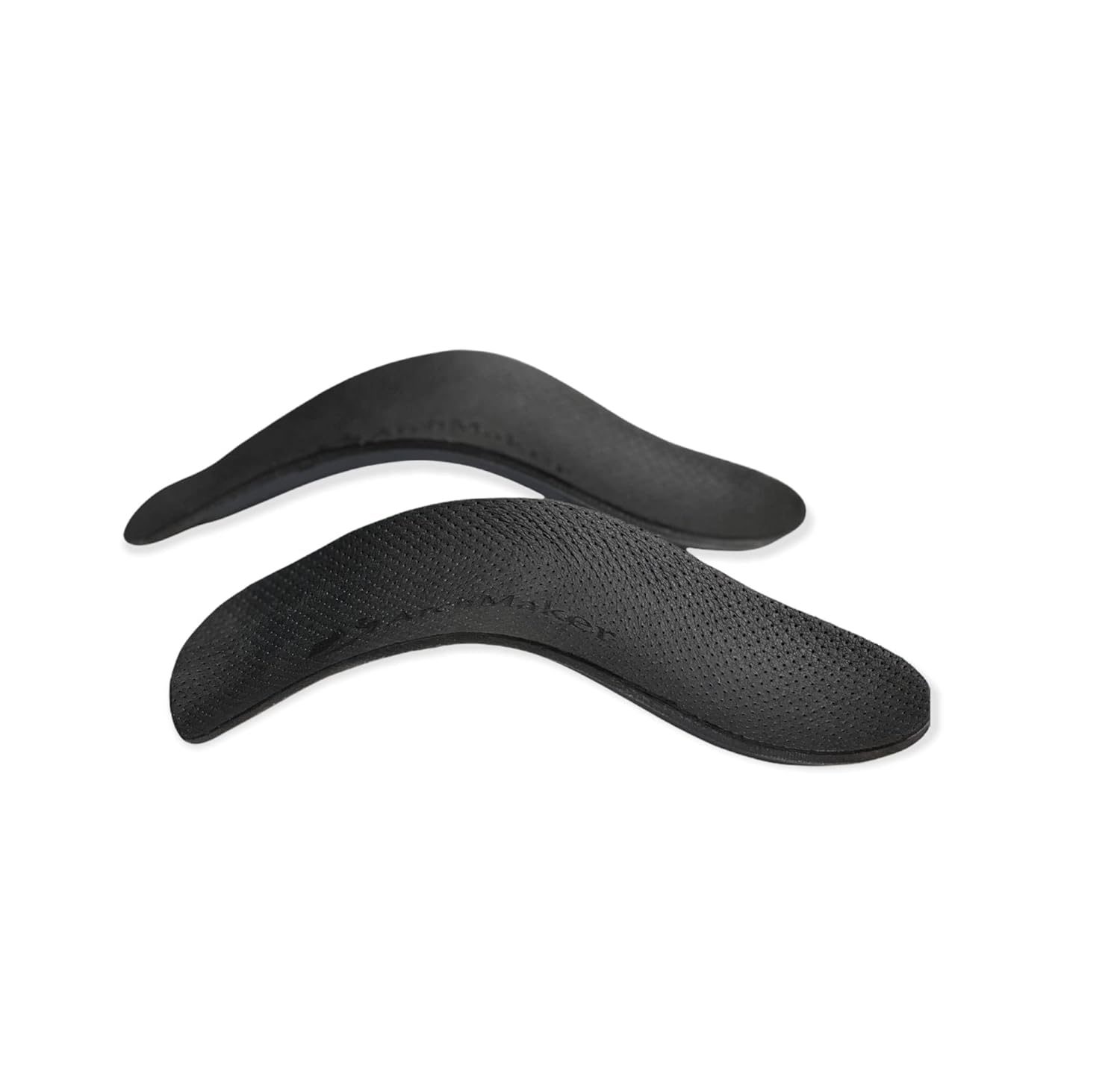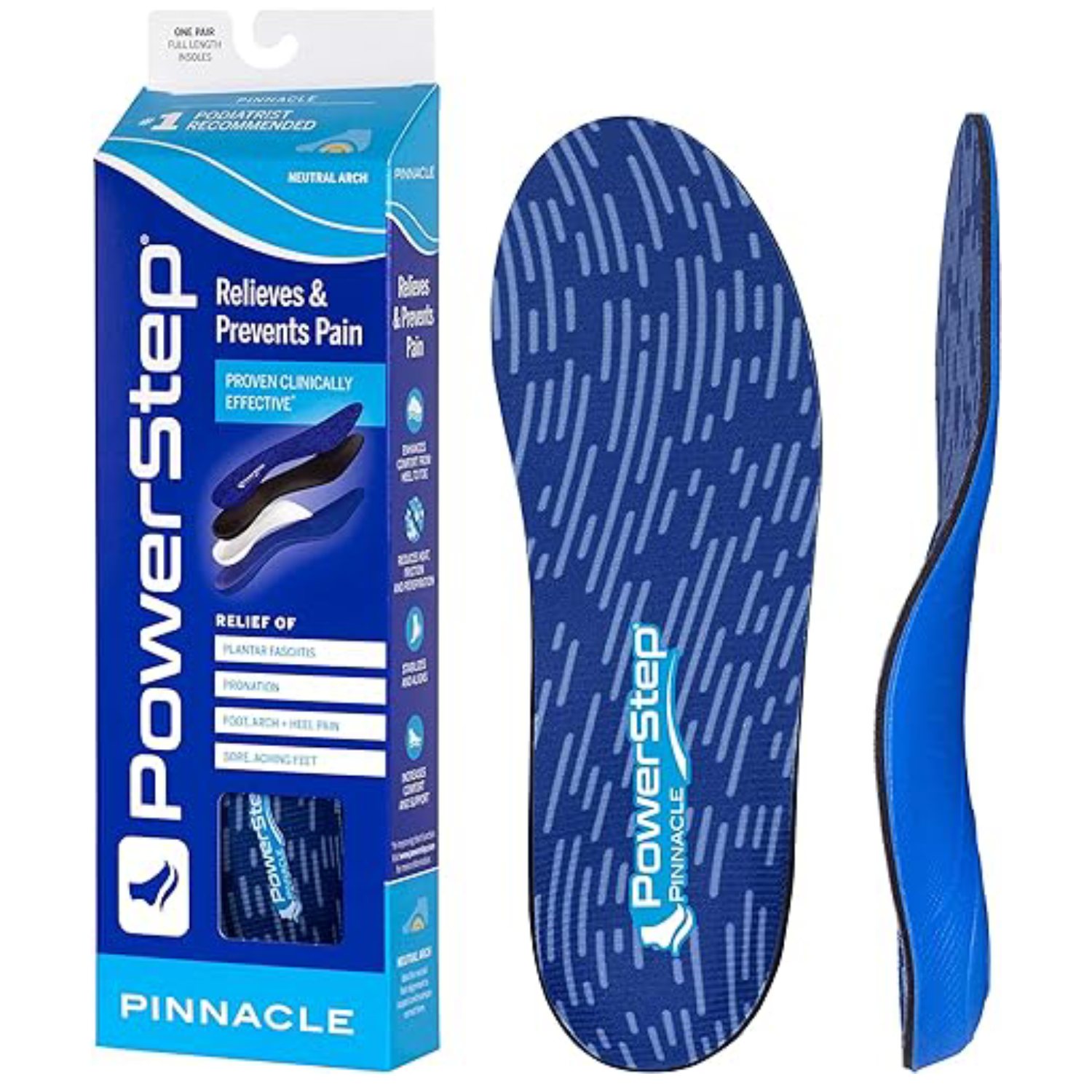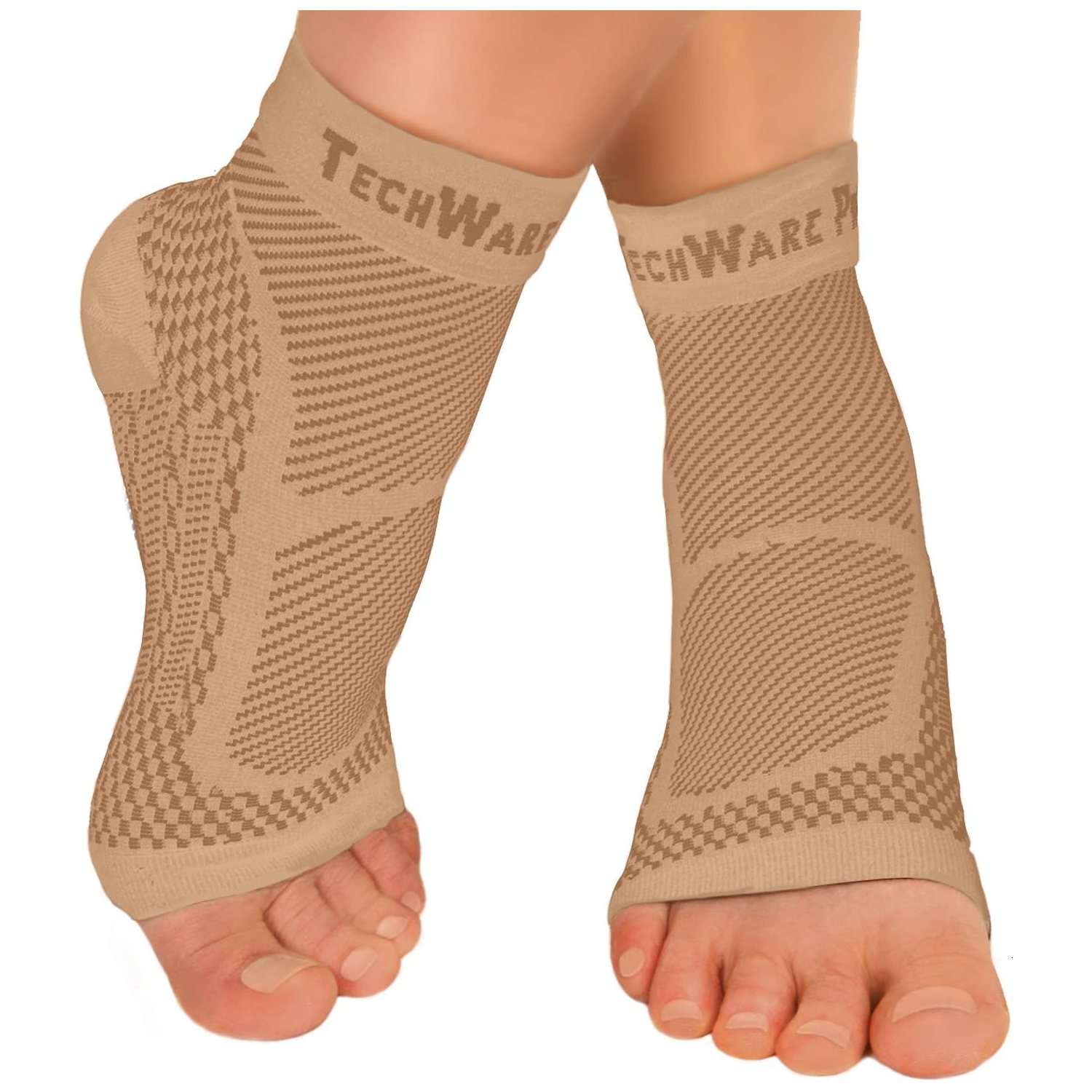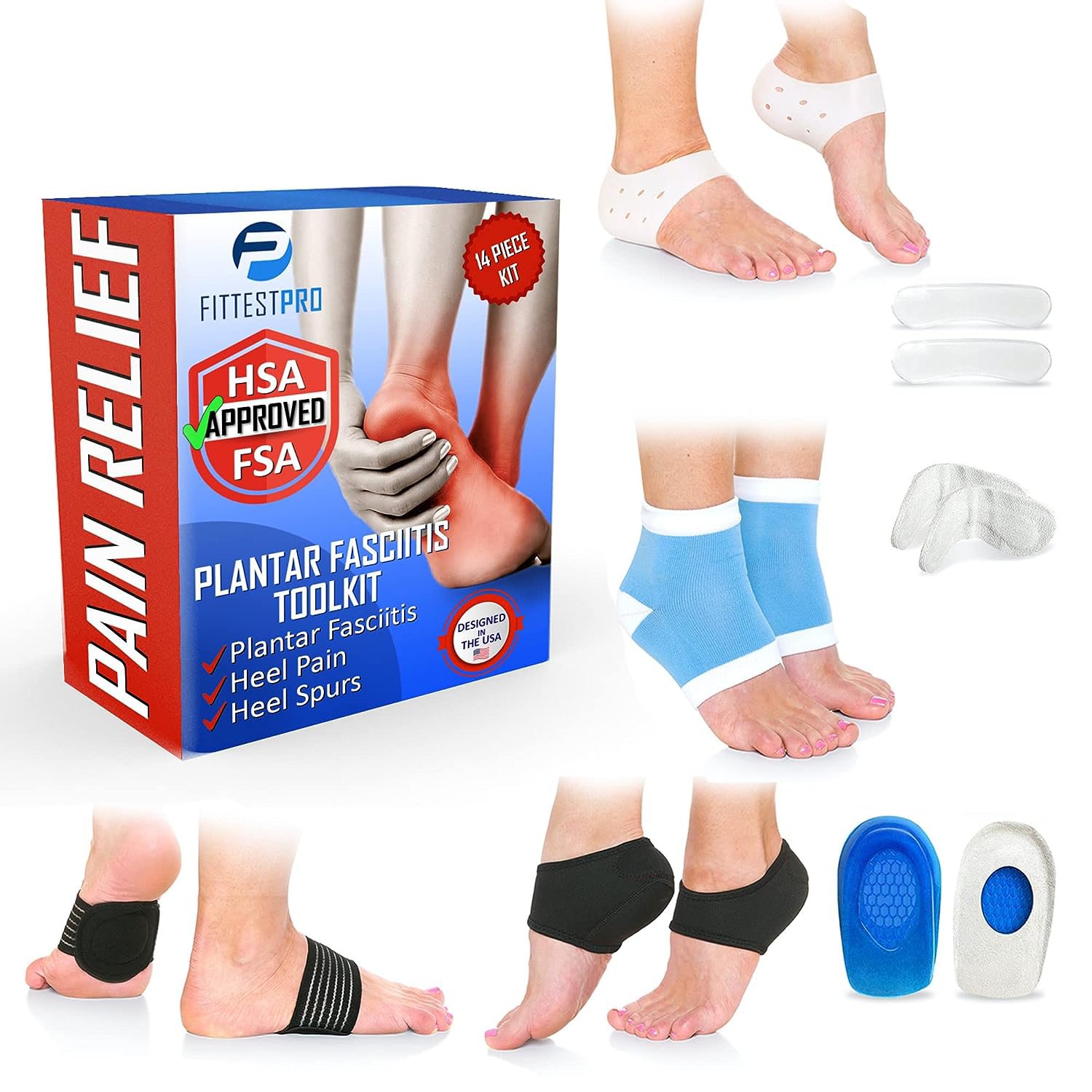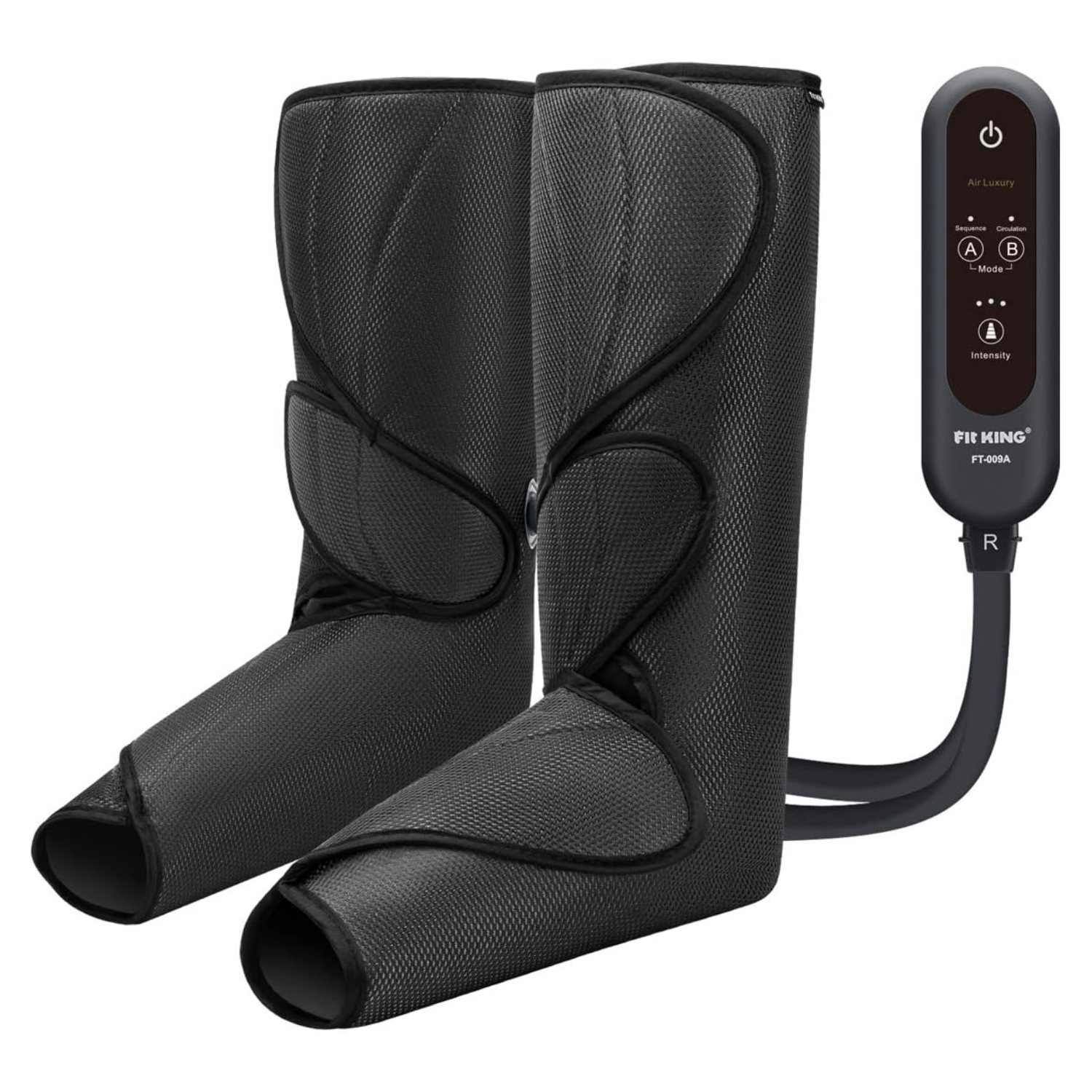The plantar fascia muscle plays a crucial role in supporting the arch of the foot. Like any other muscle, it is susceptible to injuries. These injuries are typically categorized into three grades, each requiring specific treatment and recovery protocols. In this blog post, we will explore the different grades of plantar fascia injuries and discuss the appropriate approaches to training while recovering from such injuries.
Grade 1: Minor Inflammation
Grade 1 injuries involve minor inflammation and can be diagnosed clinically through a physical examination. Although walking is still possible, it may cause discomfort and pain. If you have a Grade 1 plantar fascia injury, it is important to prioritize rest and apply ice to the affected area for at least 48 hours. Once the initial inflammation has subsided, you can gradually introduce low-impact exercises that promote a full range of motion. However, it is crucial to proceed with caution and listen to your body during this slow recovery process.
Grade 2: Partial Tear
Grade 2 injuries are characterized by a partial tear in the plantar fascia and usually require an MRI for accurate diagnosis. Individuals with a Grade 2 injury often experience a worsening of symptoms with each step, feeling as though the muscle is on the verge of tearing. Full weight-bearing can be challenging, and some individuals may find themselves lifting off the arch while walking. If you suspect a Grade 2 injury, it is essential to seek medical attention and undergo the necessary imaging tests.
The initial treatment for Grade 2 injuries involves rest and the application of ice for at least one week. High-impact activities should be avoided during this time, and slow walking can be introduced as part of the recovery process. In some cases, a walking boot may be recommended to provide additional support and protect the injured muscle during the healing phase.
Grade 3: Full Thickness Tear
Grade 3 injuries indicate a full thickness tear in the plantar fascia and also require an MRI for accurate diagnosis. Swelling is usually more pronounced in these cases, and individuals are unable to put any weight on the affected foot. If you suspect a Grade 3 injury, it is crucial to consult with a healthcare professional immediately.
To facilitate the recovery of a Grade 3 injury, a walking cast boot is typically prescribed for a minimum of four weeks. During this period, training and physical activities should be completely avoided. Anti-inflammatory medications may be prescribed to reduce inflammation and promote healing. Before returning to normal activity, a repeat MRI will be conducted to assess the progress of the healing process and determine when it is safe to resume training.
Injuries to the plantar fascia muscle can significantly impact one’s ability to train and engage in physical activities. Understanding the different grades of plantar fascia injuries is crucial in determining the appropriate treatment and recovery protocols.
While Grade 1 injuries may allow for some training with caution, Grade 2 and Grade 3 injuries require more extensive rest and recovery measures. It is essential to consult with a healthcare professional for an accurate diagnosis and follow their guidance throughout the recovery process. Remember, prioritizing rest, following prescribed treatment plans, and gradually reintroducing activity will help you get back on your feet and back to training safely.
Using Archmaker while at rest consistently for at least 4 weeks, 4 hours per day can help you strengthen your plantar fascia muscle and create the muscle memory needed for long-term relief.
